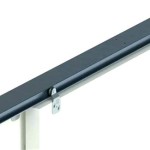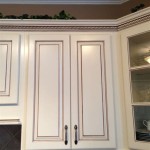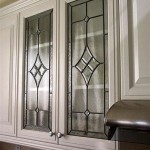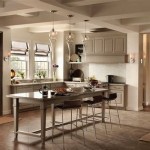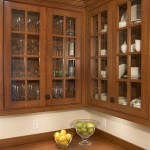Do You Need to Sand Unfinished Cabinets?
Sanding unfinished cabinets is an essential step in preparing them for painting or staining. It creates a smooth, even surface that allows the finish to adhere properly and enhances the overall appearance of the cabinets. However, determining whether or not sanding is necessary depends on several factors, including the type of wood, the condition of the surface, and the desired finish.Unfinished cabinets are typically made from either solid wood or engineered wood. Solid wood cabinets have a natural grain pattern and are generally more durable than engineered wood cabinets. Engineered wood cabinets are made from a combination of wood fibers and adhesives and are often less expensive than solid wood cabinets. The type of wood used can affect the sanding process and the finished result.
The condition of the surface also plays a role in determining whether or not sanding is necessary. If the cabinets are in good condition with a smooth, even surface, sanding may not be necessary. However, if the cabinets have scratches, dents, or other imperfections, sanding will help to smooth out these imperfections and create a more uniform surface. Sanding can also help to remove any previous finishes, such as paint or varnish, that may interfere with the adhesion of the new finish.
The desired finish can also influence whether or not sanding is necessary. If you are planning to paint the cabinets, sanding is typically not necessary unless the cabinets have scratches or dents that need to be repaired. Sanding can help to create a smoother surface for painting, but it is not essential. If you are planning to stain the cabinets, sanding is essential as it helps to open up the grain of the wood and allows the stain to penetrate evenly. Sanding can also help to create a more consistent color and finish.
If you do decide to sand your unfinished cabinets, it is important to use the correct grit sandpaper. For most applications, a medium-grit sandpaper (120-150 grit) is sufficient. Start by sanding with the grain to avoid scratching the surface of the wood. Once you have sanded the entire surface, use a finer-grit sandpaper (180-220 grit) to smooth out any remaining imperfections. Wipe down the cabinets with a damp cloth to remove any dust before applying the finish.
Sanding unfinished cabinets can be a time-consuming task, but it is an essential step in preparing them for painting or staining. By following these tips, you can achieve a smooth, even finish that will enhance the overall appearance of your cabinets.

How To Stain Unfinished Cabinets Painting By The Penny

How To Stain Unfinished Cabinets Painting By The Penny

Unlock The Secrets Of Painting Unfinished Cabinets A Comprehensive Guide

How To Stain Unfinished Cabinets Painting By The Penny

How To Paint Unfinished Cabinets Houseful Of Handmade

How To Paint Unfinished Cabinets Houseful Of Handmade

How To Paint Unfinished Cabinets

How To Paint Unfinished Cabinets Neat House Sweet Home Depot Cabinet

Do You Need To Prime Unfinished Cabinets Before Painting Home Garage Projects

How To Stain Unfinished Cabinets Painting By The Penny
Related Posts

